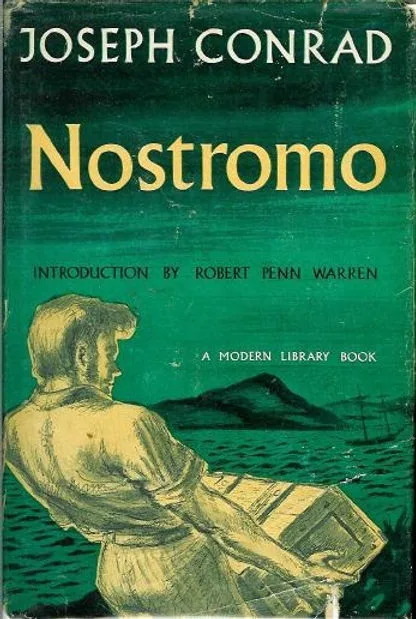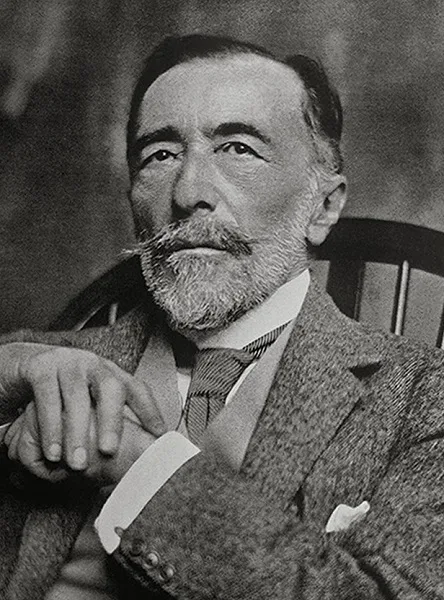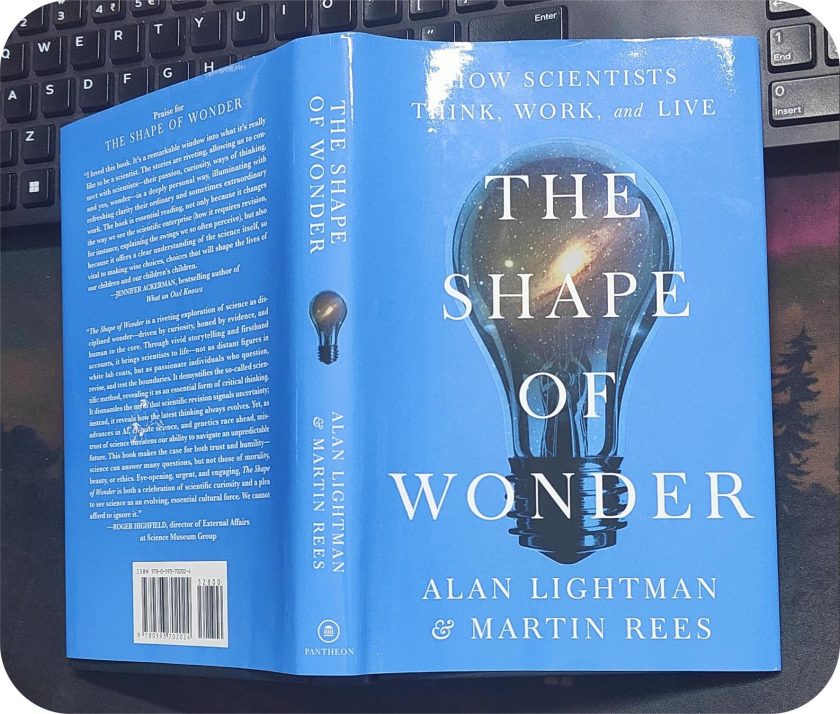
“Nostromo: A Tale of the Seaboard” is a novel penned by Joseph Conrad in 1904. Many consider it one of Conrad’s finest works of extended fiction.
The book explores how money and economics influence what people believe and how they live. The sad part is that both good and bad things are bound to happen because of these big changes.
In addition, this classic surface’s themes of revolution, temptations, and economic interests. and yes, the story progresses by telling us about the characters and their experiences.
The Plot
“Nostromo” unfolds a rebellion tale in the fictional land of Costaguana, mirroring Hispanic American nations. The story is set in colonial Latin America.
Split into three sections, the initial part, “The Silver of the Mine,” introduces Charles Gould, overseeing the San Tomé silver mine in Sulaco. (Sulaco is a town in the imaginary republic of Costaguana.)
The mine, almost personified, haunted Charles’s father and now commands the inheritor’s attention. Giorgio Viola, then, is introduced as a character characterized by his romantic ideals and involvement in the fight for freedom. He is a staunch supporter of the revolution and is disgusted by the corruption and exploitation of the Costaguanan government.
Gian’ Battista Fidanza, known by the name Nostromo, is another notable character who surfaces in the story.
This part, following a traditional narrative, establishes the setting, with Charles Gould wielding more influence than local authorities. The power dynamic creates discontent among the population.
The second part of the novel, titled “The Isabels,” shapes the main conflict and centers around Antonia Avellanos, daughter of Don José Montero, one of Charles Gould’s local friends, and her lover, the journalist Martin Decoud.
Antonia is portrayed as politically inclined, driven by a desire for the well-being of Sulaco’s people. On the other hand, Martin Decoud, not driven by patriotic sentiments, wishes to leave Costaguana as civil strife unfolds, with the company of the lady he loves. This part of the story delves into the complexities of their relationship and introduces a clash of personal and political interests.
As Gould and Decoud realize their respective interests are at risk (material for Gould and romantic for Decoud), they collaborate on a plan. They enlist the help of Nostromo, recognizing him as the only person capable of executing the plan.
Don José Montero, (father of Antonia Avellanos), and a political figure, sought to extend his influence over Sulaco, because of which the state goes into political unrest.
With the revolution raging and Montero’s forces approaching Sulaco, Gould feared for his safety and the safety of his silver in the San Tomé mine. Nostromo, renowned for his loyalty and resourcefulness, was the ideal person to entrust with safeguarding both.
While, for Decoud, despite his cynicism, respected Nostromo’s integrity and believed he would keep their escape plans confidential. Nostromo’s history of loyalty and unwavering commitment offered Decoud a vital sense of security.
The third section, “The Lighthouse,” concludes the conflict. It is in this part that readers discover the final outcomes of the struggles, decisions, and relationships that have shaped the course of the novel, providing a sense of closure to the overarching plot.
Novels are Sprouted from Real-Life Incidents
So, in the intro to his book, Joseph Conrad mentions about how he got the idea. Back in his youth, working in the Gulf of Mexico, he hears this wild story that becomes the backbone of the novel.
What the story was? Well, it revolves around a man who, exploiting a local revolution, successfully escapes with a lighter (a flat-bottomed barge) filled with silver.
Conrad, had this knack for spinning whole tales out of short real-life stories. He didn’t just stop at “Nostromo”, in fact, he pulled the same trick with “Lord Jim”. And so, his novels are sprouted from real-life incidents.
Coming back to “Nostromo”, its not just a gripping story but it reflects the complexities of capitalist colonialism. We all know that Latin America was known for its instability, ideals, self-sacrifice, and corruption. As is the case with some African countries, people crave freedom and independence, but those in charge are busy selling the country’s riches to accumulate wealth and stay in control. All these chaotic circumstances eventually lead to revolution.

Similarity of Writing Styles between García Márquez and Joseph Conrad
Currently, I am also reading, García Márquez’s “One Hundred Years of Solitude” and interestingly, I find a similar multigenerational narrative structure in Conrad’s “Nostromo” as well.
Márquez’s story begins with José Arcadio Buendía and his wife Úrsula Iguarán and follows their descendants. While the novel of Conrad’s explores the lives of characters like Charles Gould, his wife Emilia, their son, and other figures across different generations.
This multigenerational narrative structure provides a panoramic view of the evolution of families and communities over extended periods. And it offers readers a comprehensive understanding of the characters and the worlds they inhabit. This complexity contributes to a more realistic portrayal of human experiences.
Another thing that I find similar is the way both the authors interweave past and present events. García Márquez’s stories often loop back to earlier events, and Conrad’s narratives frequently incorporate flashbacks or references to historical events that impact the present.
This technique encourages readers to piece together the events and discern the relationships between past and present occurrences. I kinda enjoy literature that is rich in deciphering and piecing together events. As this allows me to actively participate in unraveling the story.
So, if you like delving into non-linear and complex narrative structures along with the intricacies of Latin American history and politics, “Nostromo” is a must-read. And hey, if you’re up for it, you can snag a rented copy on Google Books. Happy reading!



